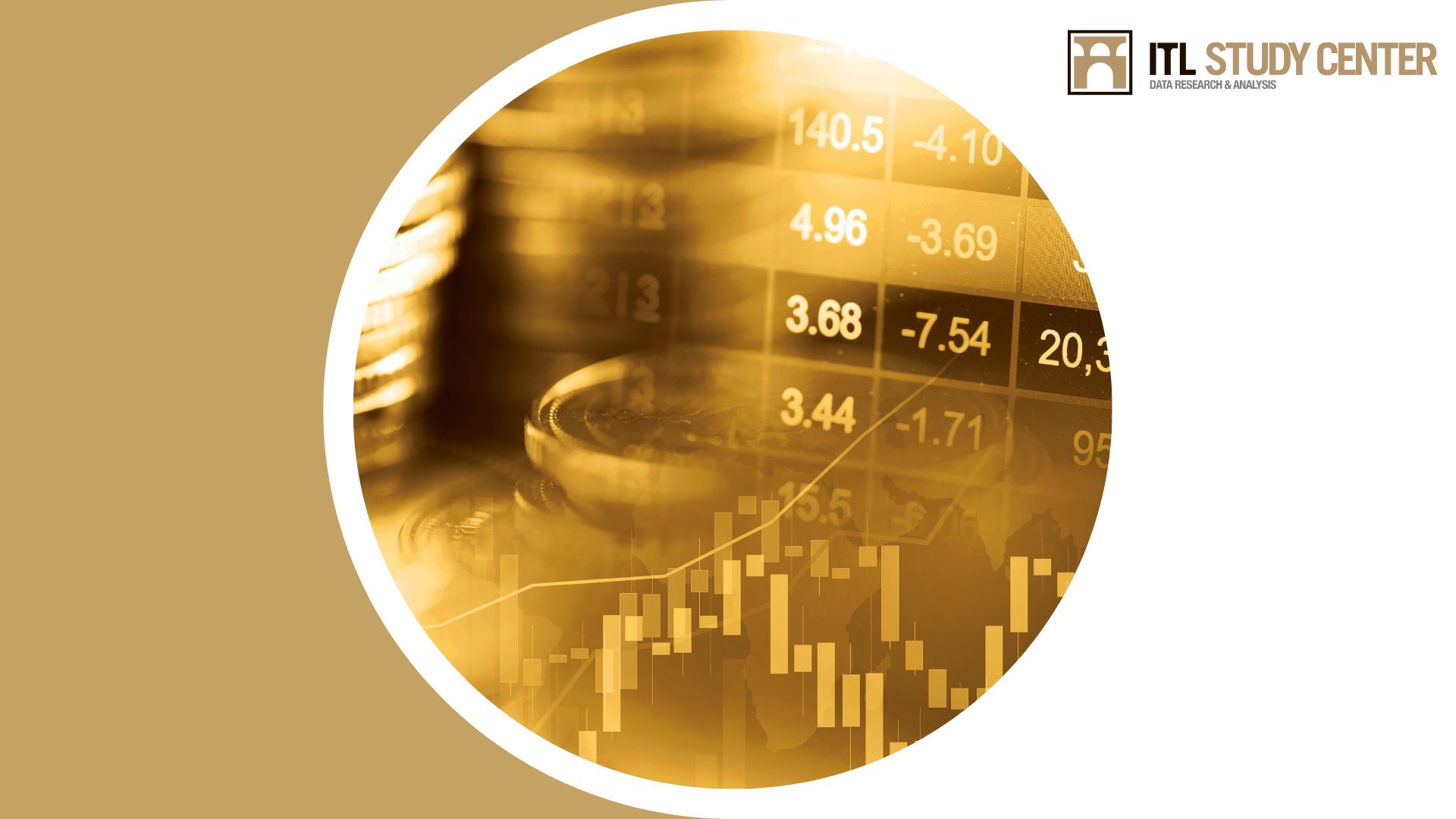
Hungary’s GDP grew by 4.9% in 2022, after a 7.1% growth in 2021, but the country’s economic performance in Q4 was actually lower than in Q3, according to data published by the Central Statistical Office (KSH).
Hungary’s gross domestic product increased by 0.4% according to raw data and by 0.9% according to seasonally and calendar-adjusted and reconciled data in the last quarter of 2022 compared to the corresponding period of the previous year.
There were significant growths compared to a year earlier especially in the manufacture of motor vehicles, trailers, and semi-trailers, as well as that of electrical equipment within the industry and mostly in real estate activities as well as transportation and storage among market services. On the other hand, the agriculture sector posted a notable downturn and slowed growth.
The European Commission (CE) raised its projection for Hungary’s 2023 GDP growth to 0.6% in a winter forecast, according to a report by state news wire MTI. However, the projection was raised from 0.1% in a forecast published in November.

Hungary’s GDP growth. Source: https://economy-finance.ec.europa.eu/
Hungary’s economic growth is set to remain “subdued” in 2023 as the economy gradually adjusts to higher energy prices, the EC said. Private consumption is projected to shrink at the turn of 2022/23 as high inflation squeezes households’ purchasing power. Investment is also expected to fall, driven by weaker demand, rising borrowing costs and fiscal consolidation efforts. In fact, according to the Central Statistical Office (KSH), in January 2023 the inflation rate was 25.7%.

Hungary’s inflation rate.
Source: https://www.ksh.hu/?lang=en
The EC said Hungary’s economic outlook remains sensitive to global investor sentiment and noted the country’s exposure to energy price changes and potential supply disruptions because of its high dependence on energy imports and limited scope for import diversification in the short term. It added that inflationary risks are tilted to the upside as inflation expectations might become entrenched at a high level. While export growth is forecast to slow down in line with external demand, imports are set to do so even more, as domestic energy demand adjusts to higher prices. The external balance is thus expected to improve, also supported by the assumed moderation of energy commodity prices compared to 2022 levels. Economic growth is set to pick up gradually over the forecast horizon as inflation recedes and external demand improves.
Sources :



